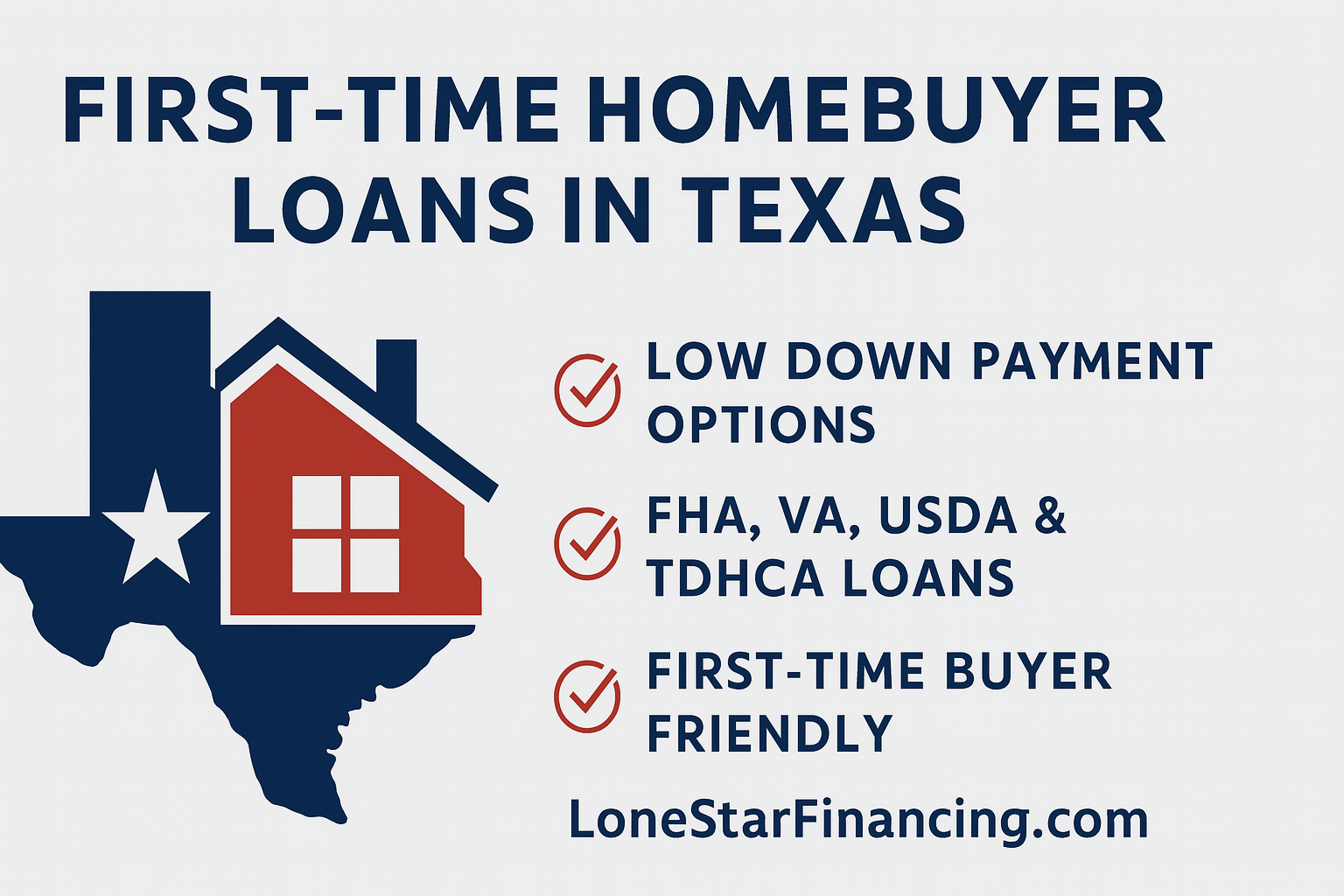
There are many reasons to refinance, but did you know that there are three different types of refinance mortgages. These include a Fixed-Rate Mortgage, an Adjustable-Rate Mortgage, and a Cash-Out Refinance. Texas mortgage refinance can provide you and your family with extra money and ease the tension that debt may be causing you.
Like shopping for a new home loan, it is also important to shop for a replicable refinance broker. It is imperative that you feel comfortable with the loan terms and your choice of what type of refinance mortgage to go with.
Refinancing can become expensive, but knowing why you are choosing to refinance and knowing the opportunities to be had for you, can at the end of the day, result in immense savings for you and your family.
Now let’s take a closer look at the three different types of refinance mortgages discussed in the paragraph above.
Fixed-Rate Mortgage:
Homeowners that plan on being in their home for an extended period of time or till the end-of-time should have or refinance to have a fixed-rate mortgage.
Refinancing your adjustable-rate mortgage to a fixed-rate mortgage might be the way to go for you. Adjustable-rate mortgage interest rates can slowly increase over time, leaving you with a massive house payment that you may not be able to afford. Refinancing this adjustable-rate to a fixed-rate mortgage, will assure you that your rate is steady and there will be no financial surprises from a striking increase in interest rates in the years to come.
If you currently already have a fixed-rate mortgage, you can refinance your existing loan for a shorter term. This will ultimately increase your mortgage payment, but in the end you are paying more of the principle loan amount and less towards interest. When doing this, you increase the equity you have in your home. This can be a great leverage to have someday.
Adjustable-Rate Mortgage:
ARM which stands for an adjustable-rate mortgage, can be very eye-catching to new homeowners looking for a lower interest rate and house payment. An ARM can fluctuate from time-to-time, increasing your mortgage payment. Unlike a fixed-rate mortgage, an ARM typically offers a lower interest rate for the risk involved in carrying this type of variable mortgage.
If you plan on living in your home for only a few years, if you plan on an increase in revenue, or if the fixed rate is soaring, this is a great option for you. It offers a lower mortgage payment for the time being.
Another advantage of going with an ARM is that it typically doesn’t charge prepayment penalties if you should decide to refinance later down the road.
These benefits sound outstanding, but they can go bad real fast, mortgage payments can increase dramatically due to interest rates, and you may become in jeopardy of loosing your home. It is important to understand the advantages and disadvantages of this type of variable-rate loan.
Cash-Out Refinance:
Cash-out refinance involves taking the equity that you have accumulated over the years out of your house. The process entails a new hefty mortgage, which will pay off the existing one, and places extra money on the table. The money can be used as you wish.
Let’s say your home is worth $100,000, and you owe $25,000. The homeowner might be able to get a new mortgage of $75,000. They would then need to pay off the existing $25,000 balance, which leaves them with $50,000.
Having a larger mortgage payment can cause problems if you are not prepared. The homeowner must carefully weigh the risks and they should talk to a mortgage broker that they can trust for advice.
Whatever your reason is to refinance, make certain that you are confident in your decision with the type of refinance you choose and its terms.



